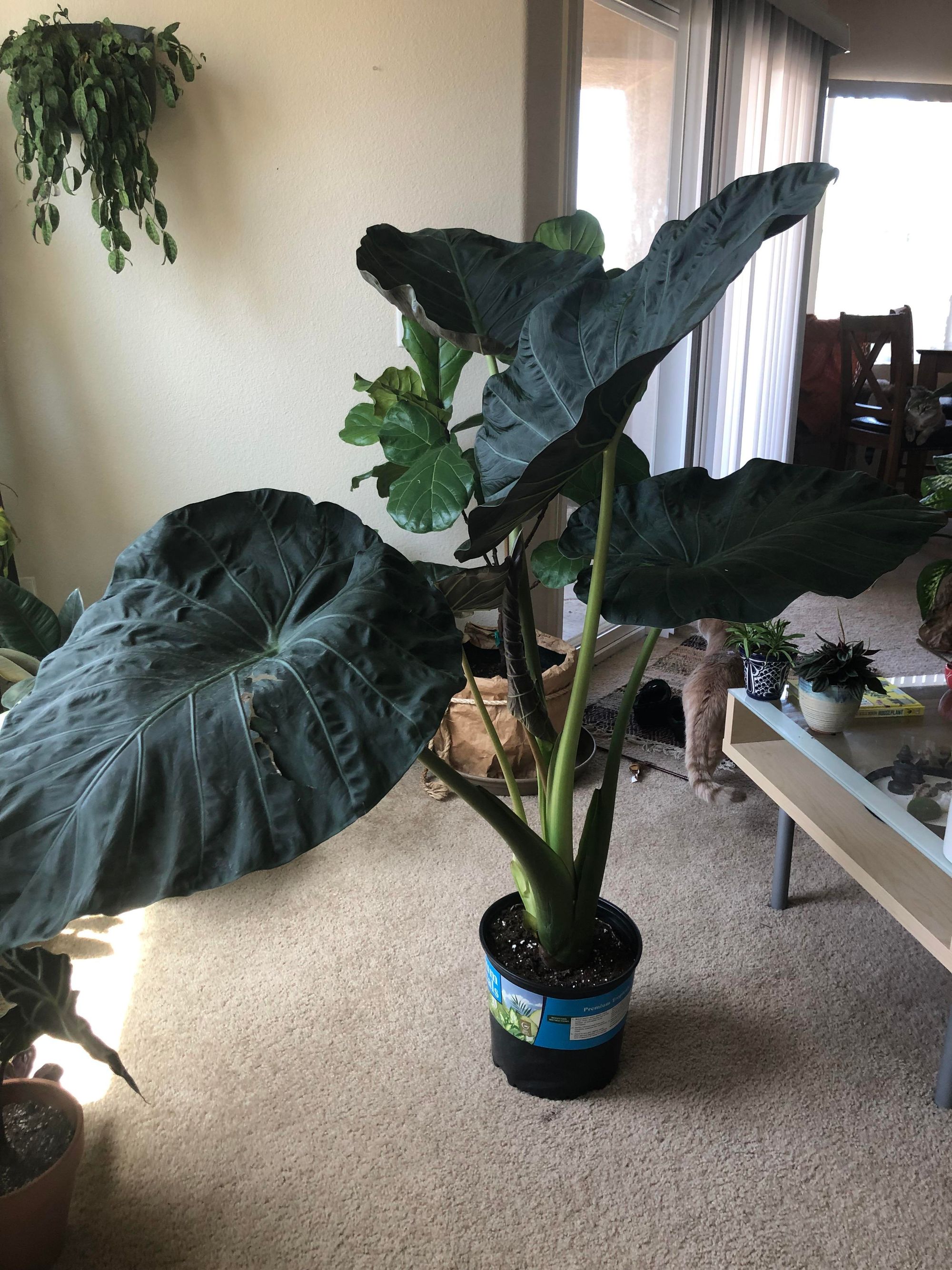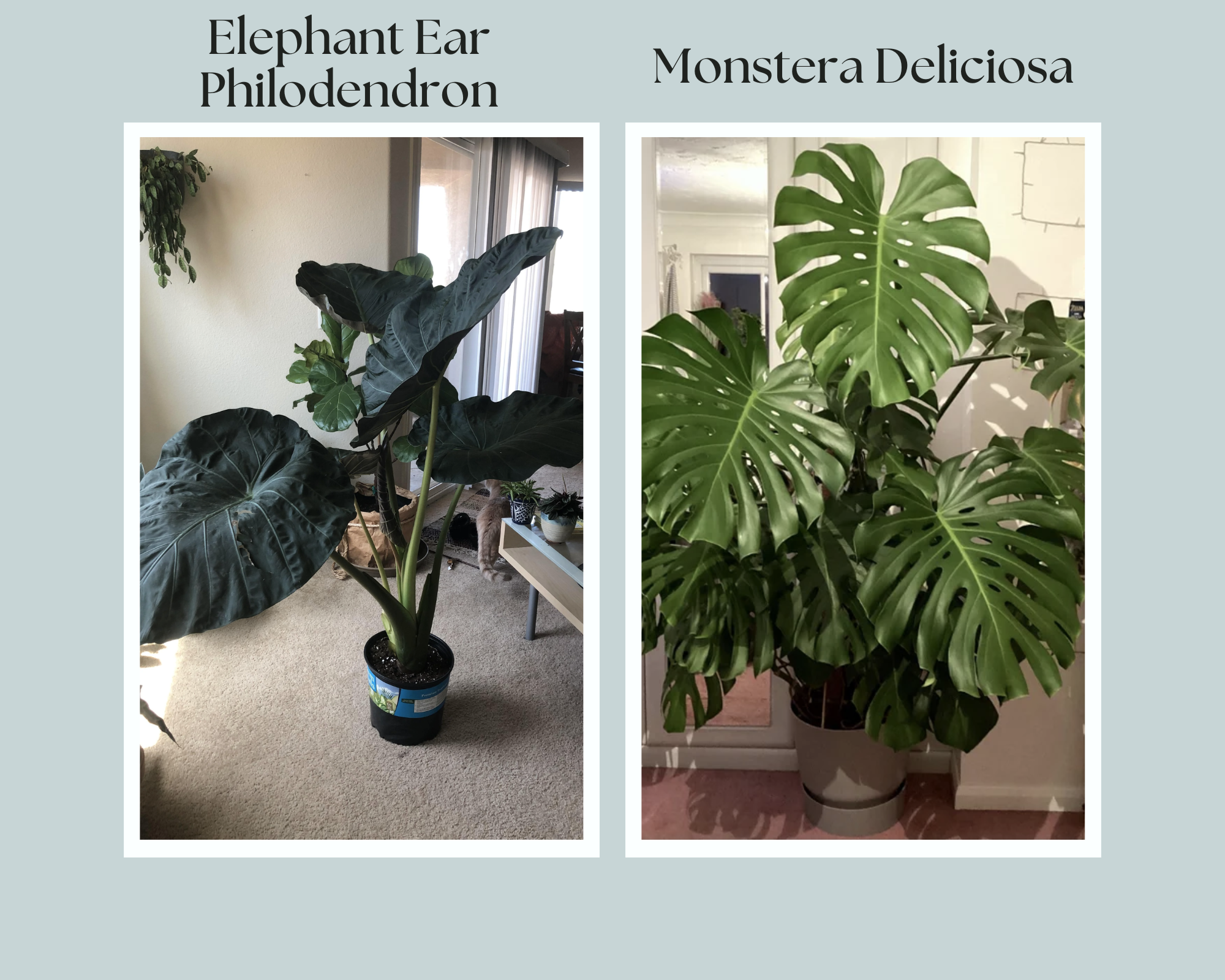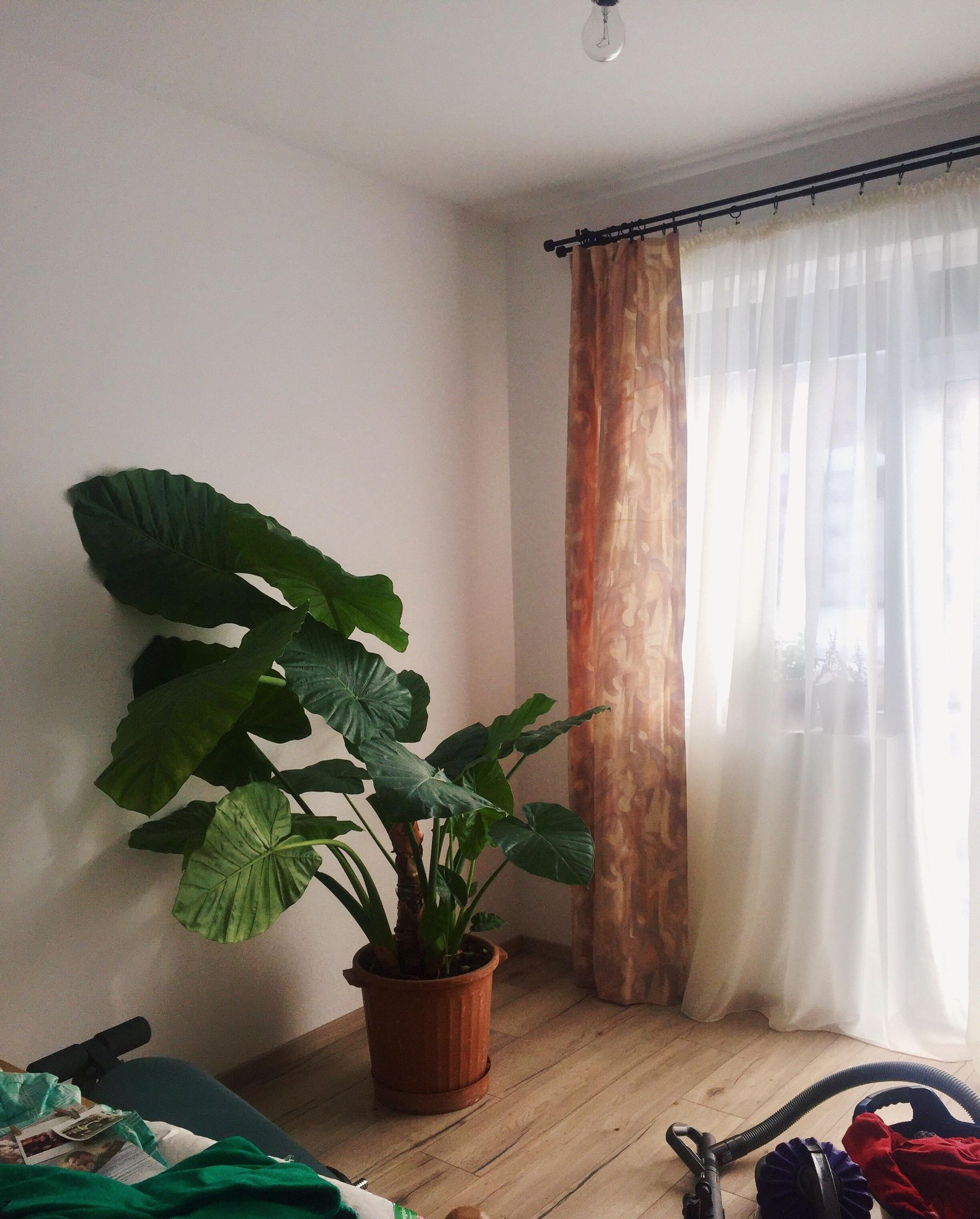Everything you need to know about Elephant Ear Philodendron
As an epiphyte, the elephant ear philodendron obtains its nutrients from the air and rainwater, rather than from the soil. When grown as a houseplant, it is important to replicate these conditions as closely as possible.

Welcome to our blog on everything you need to know about Elephant Ear Philodendron also known as Philodendron domesticum. This tropical plant, native to Central and South America, is known for its large, heart-shaped leaves that can grow up to 3 feet long and 2 feet wide.
The elephant ear philodendron is an evergreen plant, meaning it retains its leaves year-round, and is a popular houseplant due to its ease of care and ability to thrive in a variety of lighting conditions.
In this blog post, we will cover all the essential information on caring for Elephant Ear Philodendron, including lighting, watering, fertilizing, and pest control. We will also discuss the plant's natural air-purifying properties and its potential toxicity if ingested.
How do I care for the Elephant Ear Plant?
In its natural habitat, the elephant ear philodendron (Philodendron domesticum) grows as an epiphyte, meaning it grows on other plants or structures rather than in soil. It is often found in rainforests, where it receives bright, indirect light and high humidity.
As an epiphyte, the elephant ear philodendron obtains its nutrients from the air and rainwater, rather than from the soil. When grown as a houseplant, it is important to replicate these conditions as closely as possible.
This means providing the plant with bright, indirect light, high humidity, and well-draining soil.
How to care for the Elephant Ear Philodendron
-
Prune Gently
Elephant ear philodendrons can become quite large and may need to be pruned to control their size and shape. Cut off any dead or damaged leaves using clean, sharp scissors. Ensure you sterilize your pruning tools with rubbing alcohol before using them to prevent the spread of disease. You can also trim off any unwanted stems to maintain the plant’s size and shape. -
Repot every 2 years
The elephant ear philodendron may need to be repotted every two to three years, depending on its size and growth rate. Choose a pot that is about 2-4 inches larger in diameter than the current pot, and make sure it has drainage holes. -
Keep pests away
The elephant ear philodendron may be prone to infestations of aphids, mealybugs, and scale insects. Keep an eye out for any signs of these pests, such as sticky leaves or small white or brown spots on the foliage. You can control these pests by wiping the plant with a damp cloth or by using a safe, organic pest control product. -
Fertilizer requirements
Feed your elephant ear philodendron with a balanced, all-purpose fertilizer every two to four weeks during the growing season(spring and summer). Make sure you follow the instructions on the package for the appropriate amount to use. Reduce the frequency of fertilization to once a month in the fall and winter when the plant is dormant. -
Soil requirements
The elephant ear philodendron grows best in well-drained sandy soil or peat-based potting mix. You can also add some perlite or vermiculite into the mix to improve drainage. Avoid using heavy, clay-based soil as this tends to retain too much moisture, causing damage to your plant root in the long run. -
Temperature and Humidity requirements
Elephant ear philodendrons grow best when the temperature is warm, and the air is humid. Keep the plant in a room with a temperature between 65 and 80 degrees Fahrenheit. Consider placing a humidifier nearby or misting the plant with water to increase humidity.
Can't afford to get a humidifier?
If you are unable to purchase a humidifier or live in a dry climate, you can try increasing the humidity around the plant by placing it in the bathroom after you have taken a hot shower or bath. The steam from the shower or bath will help to increase the humidity in the room, which will be beneficial for the plant.**
Interesting Facts about the Elephant Ear Philodendron plant
-
Elephant Ear philodendron is not the same as Monstera Deliciosa
Elephant ear philodendrons (Philodendron domesticum) are often compared to Monstera plants (Monstera deliciosa) because of their similar appearance. Both plants are native to tropical regions and are known for their large, distinctive leaves.
Elephant ear philodendrons have heart-shaped leaves that can grow up to 3 feet long and 2 feet wide, while Monstera plants have oval-shaped leaves with deep lobes and slits that can grow up to 3 feet long and 2 feet wide.

However the key difference is that Elephant ear philodendrons are generally more sensitive to changes in their environment and require more consistent care, while Monstera plants are more adaptable and can tolerate a wider range of conditions.
So if you want a big plant that isn't too fussy, you should go with the Monstera plant. They are less sensitive to changes in environment and are more forgiving.
-
Elephant Ear philodendron loves growing in the shade
If you are thinking of growing Elephant Ear in your home, make sure you don’t place it directly in the sun. Whether you’re growing the plant indoors or outdoors, it grows best in the shade. Direct sunlight can cause the leaves to turn yellow or burn. For an outdoor garden, place the plant in the shadow of a bigger tree where it can get low to moderate light levels.
As a plant of tropical origin, the elephant ear philodendron receives bright filtered light in the wild. Hence, you have to replicate similar conditions in your home too. Place the plant in a bright room but away from direct sunlight to keep it from getting scorched.
-
Elephant Ear Philodendron is an Air purifying plant
The elephant ear philodendron (Philodendron domesticum) is known to be a natural air purifier. The plant is able to absorb toxins such as formaldehyde, xylene, and toluene from the air, making it a beneficial addition to any home or office. By placing the plant in a well-ventilated area, you can help to improve the air quality in your home or office and create a healthier living environment.
-
Elephant Ear Philodendrons can have different coloured leaves
Some varieties of the plant may have leaves that are variegated with shades of yellow or white. Variegated elephant ear philodendrons are prized for their colorful foliage, which adds visual interest to the plant.
It is important to note that the color of the leaves can be affected by the amount of light the plant receives. In bright light, the leaves may be a deeper green, while in lower light, the leaves may be more yellow or white in color.
-
Elephant Ear Philodendrons are fast growing plants
They grow really fast! As soon as a new leaf unfurls, they immediately produce another, making them an exciting plant to watch grow.
If you are going for that classic indoor jungle look then get yourself an elephant ear philodendron plant because it can give you that look in no time!

TOXICITY
How poisonous is the Elephant Ear Philodendron?
According to the ASPCA, elephant ear philodendrons (Philodendron domesticum) are toxic to both humans and animals if ingested. The plant contains calcium oxalate crystals, which can cause irritation and swelling of the mouth, tongue, and lips, difficulty swallowing, and vomiting if ingested.
In severe cases, ingestion of the plant can lead to difficulty breathing, tremors, and abnormal heart rate. Children, especially young children who may put objects in their mouths, are at a higher risk of accidental ingestion of the plant.
Yikes! So if you have little kids or pets running around, make sure to keep this plant out of their reach. Better safe than sorry, right? Just wanted to give you a heads up!
If you suspect that a child has ingested any part of the plant, it is important to call 999 immediately!
Conclusion
By following these tips, you can help your elephant ear philodendron thrive and enjoy its lush, tropical foliage for many years to come. Of course, you should take this as a generalized guide, as you may need to adjust care for your plant based on specific conditions.
As with any plant, it is important to be attentive to its needs and to make any necessary adjustments to ensure its continued health and growth. Best of luck with it.